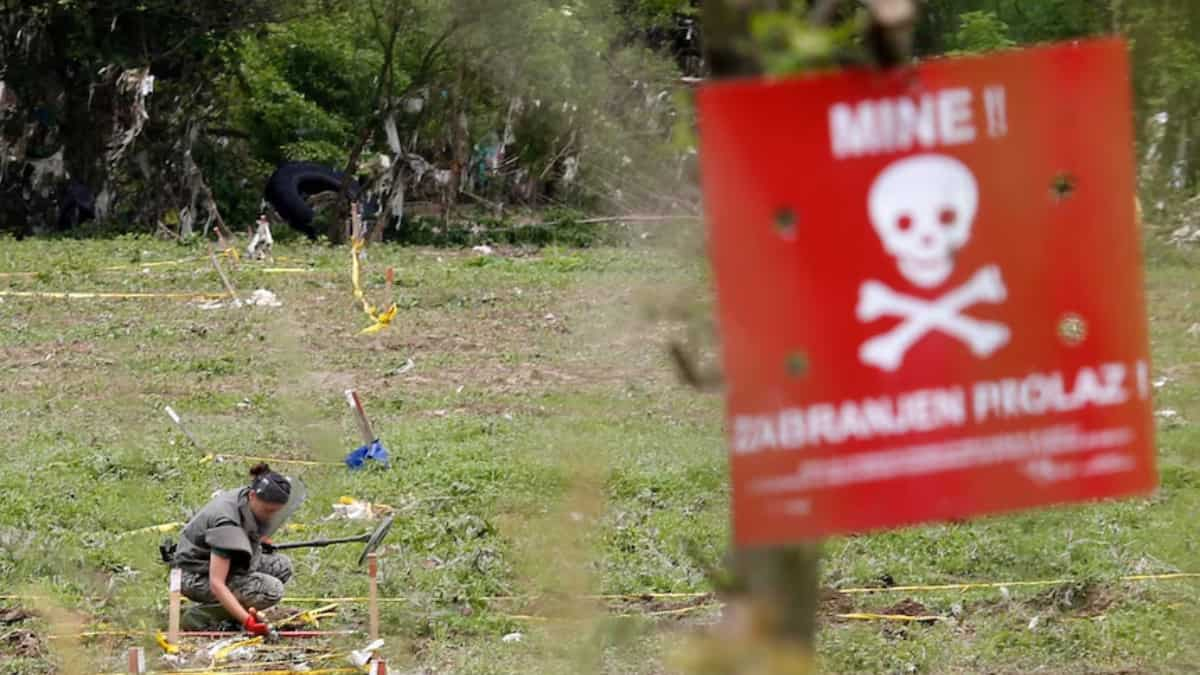Understanding the Threat of Aging Explosives
April 4 is recognized globally as the International Day for Mine Awareness and Assistance in Mine Action, shedding light on the devastating impact of landmines as one of the most dangerous and indiscriminate weapons of warfare.
Experts’ Warning on Volatile Explosives
Recent findings by experts reveal that bombs and explosives dating back to World War I and World War II, still buried underground, are increasingly unstable. Specialists from the University of Stavanger and the Norwegian Defence Research Establishment caution that any disturbance to these explosives could lead to unexpected detonations.
Research Insights on Aging High Explosives
Geir Novik and Dennis Christensen shared their study, “Increased impact sensitivity in ageing high explosives; analysis of Amatol extracted from explosive remnants of war,” in the journal Royal Society Open Science. Their analysis of recovered bombs highlights the growing risk posed by millions of tons of explosive remnants in the environment.
Environmental and Safety Concerns
The accumulation of unexploded ordnance from past conflicts poses a significant threat to both the environment and public safety. Unexploded munitions, buried across Europe and beyond, continue to deteriorate, potentially releasing harmful substances into the surroundings.
Addressing the Growing Threat
The researchers emphasize the urgent need to establish safety protocols for handling and disposing of aging munitions. They stress the importance of setting clear threshold values to mitigate the risks associated with these increasingly sensitive explosives.
Global Efforts for Mine Awareness
April 4 also serves as a reminder of the ongoing efforts to raise awareness about landmines and support mine action initiatives worldwide. Organizations like the United Nations have highlighted the deadly impact of landmines, underscoring the need for continued vigilance and action.
















































